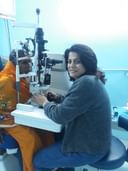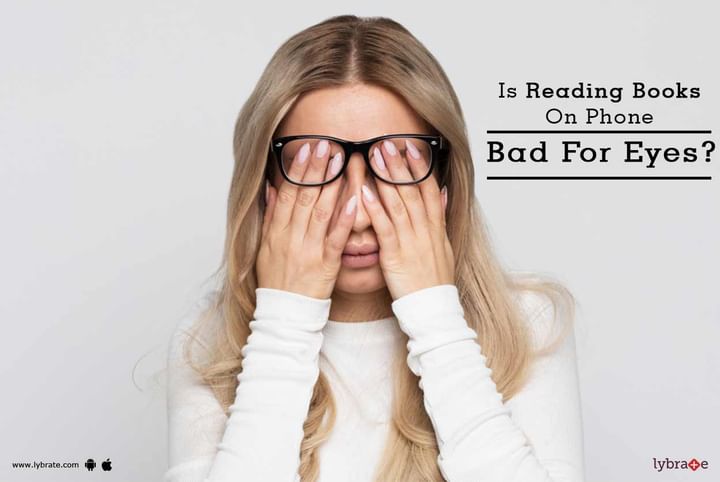Is Reading Books On Phone Bad For Eyes?
Ebooks can be a lot easier to carry, and with the emerging trend of Kindles, it may appear to be more convenient than paperbacks, but the smell of new books, the texture of its pristine pages, is unparalleled to the inanimateness of ebooks. But that is not just why you must choose paperbacks over ebooks.
Read on to find out why paperbacks work well over ebooks for better eye health.
- Does not involve light-emission- The backlit electronic devices, strain your eyes, causing redness, irritation and watering. Most doctors advise that exposure to light during the evening, especially from artificial sources should be minimal. On the other hand, books do not emit any harmful rays, making it the obvious choice if you want to take good care of your eyes.
- Do not hamper body clock: Our system has a tendency to adapt itself to the rhythm of life by responding to the surrounding light. However, the blue light in reading devices disrupt the release of melatonin or the sleep hormone, causing inadequate, less deep sleep, and fatigue and irritation the following morning. Thus, not giving enough time to your eyes and body for revitalizing. On the other hand, studies have shown that people reading books sleep better and timelier than those reading on devices.
- Proximity to device not required- The admonition of not sitting too close to the television's screen glare is nullified by reading devices where a certain level of proximity is required for comfortable reading, which harms our eyes. But paperbacks do not have any such risk involved as there is no glare that would affect our eyes.
- Does not induce disrupted winking- Electronic devices often trigger a tendency to not blink and stare at the screen constantly for longer than advisable. That does not give the lenses in your eyes the momentary rest that the eyes require in order to replenish themselves.
Exercises to improve eye health
There are many common measures people take to improve their eyesight or improve their vision. These include wearing glasses, lenses, sunglasses and many such measures. Here are some effective exercises which prove to be highly beneficial in increasing your eye health:
1. Stretching: This is the most common and also one of the easiest to do. It requires you to just look up, hold for two seconds, look down, hold for two seconds, then repeat this procedure for each corner of your eye, which means top-left, top-right, bottom-left and bottom-right corners.
2. Flexing: This is simply rotating your eyes in circles. Roll your eyes in the clockwise direction for one minute and then roll your eyes in the anticlockwise direction for one minute.
3. Focus switching: This particular eye exercise is used for accommodation and is probably the most useful one. In this eye exercise, you have to hold something at a reading distance and cover the other eye. You then have to find something that is at least twenty feet away and trace its shape with one eye closed. With one eye closed, trace more shapes which are twenty feet away and this may improve your eyesight.
4. Palming: This exercise is also very simple to perform. All you have to do is cover your eyes with your palms. Once you have done this, just wait and see that there are no bright flashes of light. If you see that there is a bright flash of light, just wait till they go. This is used primarily to destress the eyes.
5. Deep blinking: This is also an incredibly useful exercise for distance vision. All you have to do is to place some large letters at a fair distance and then sit on a chair. You have to then close your eyes and tighten all your muscles for 5 seconds. After the gap of 5 seconds, open your eyes and see the letters for a second or two. The more time you do this, the more clearly you will be able to see the letters after reopening your eyes.
Finally, a warning has to be given that these eye treatments are not universally accepted by all doctors.



+1.svg)
